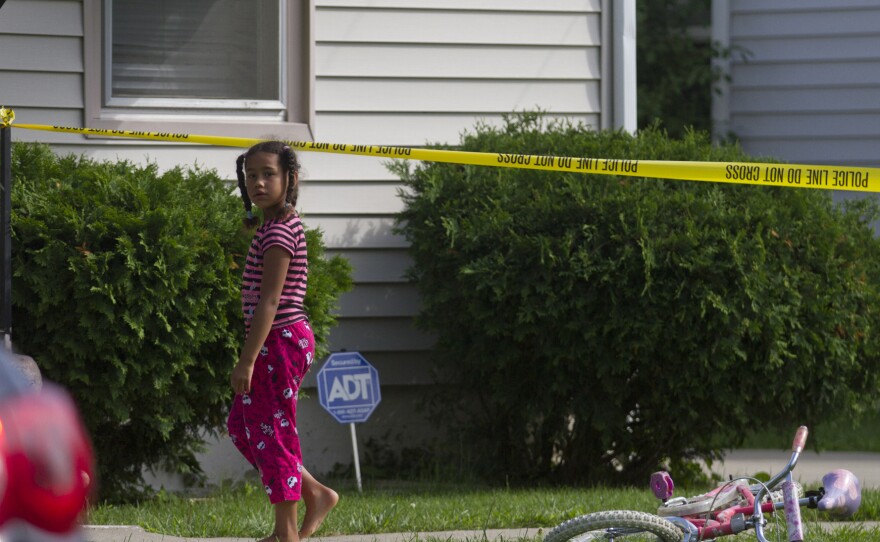

Public health efforts to reduce the number of children and teenagers killed by guns got a big boost in visibility after the tragic killing of children at Sandy Hook Elementary School last fall.
Each week about 50 children and teens are shot and killed in the United States, with homicide the second leading cause of death among teenagers here, behind car crashes.
Gun possession is common among young people who have been injured in an assault, a study finds. One-quarter of teenagers and young adults surveyed in the emergency room of a hospital in Flint, Mich., said they had a firearm at home or carried it in public.
The No. 1 reason they had a gun was to protect themselves or feel safer, the youths said.
The researchers surveyed 689 teenagers and young adults, ages 14 to 24, in 2010 and 2011. The youths who said they had a gun were as likely to be white as African-American, and were about 20 years old on average.
"There's definitely a feeling among people that they need some kind of self-protection," says Susan Morrel-Samuels, managing director of the Michigan Youth Violence Prevention Center at the University of Michigan School of Public Health. "Often that means a firearm." She works with violence prevention in Flint, but wasn't involved in the study.
But the prevalence of guns means confrontations like the ones that landed these young people in the hospital can escalate, with deadly results. Often the ultimate victims are not parties to the confrontation, but bystanders.
"What's surprising is how easy it is for young people to get a gun, which they get from friends and family," says Robert Sege, a professor of pediatrics at Boston University School of Medicine. He wrote an editorial accompanying the study. "This is emblematic of the kind of work we need to do to understand the origins of lethal violence and ways to reduce it."
The best way to reduce gun deaths and injuries in children and teens is to reduce access, according to a 2012 policy statement from the American Academy of Pediatrics. That includes keeping guns in the home unloaded and locked up, the pediatricians say.
Girls and young women accounted for almost one-third of the gun owners, a statistic that Morrel-Samuels says doesn't surprise her. "There's been a lot of emphasis among manufacturers of firearms to market to young women," she says. "It's become increasingly acceptable for women to carry guns as a means of self-protection."
Her organization is working with children and teenagers in Flint, with a focus on preventing the kind of violence that resulted in a 13-year-old boy being charged with the murders of his brother and the brother's girlfriend there last month. In the same week, a 13-year-old girl there was charged with attempting to kill her older sister.
The fact that the youths in this study thought "it was OK to hurt someone if they hurt you," and the fact that they were more likely to drink or use drugs than people who didn't own guns makes it more likely that someone would be injured or killed with a firearm, the study authors say. Their findings were reported online in the journal Pediatrics.
Addressing youths' feeling that they need to be armed to be safe, and that it's OK to retaliate with violence, is something that should be addressed in order to reduce the risk of injury and death in the community, the authors say.
Copyright 2013 NPR. To see more, visit www.npr.org.






